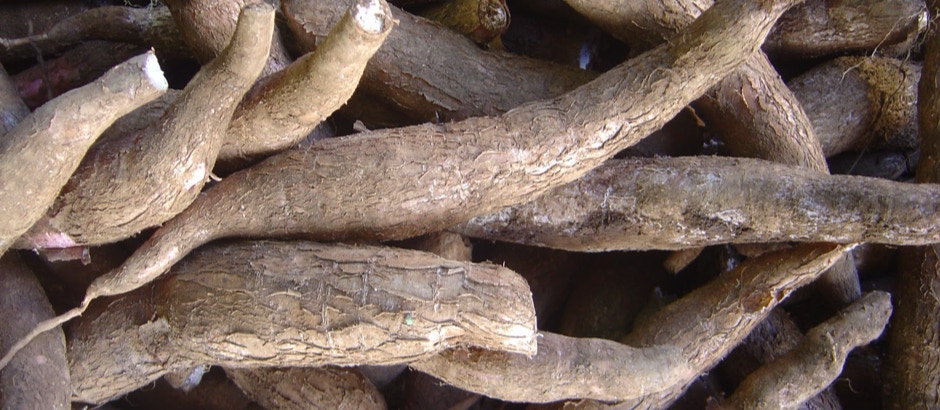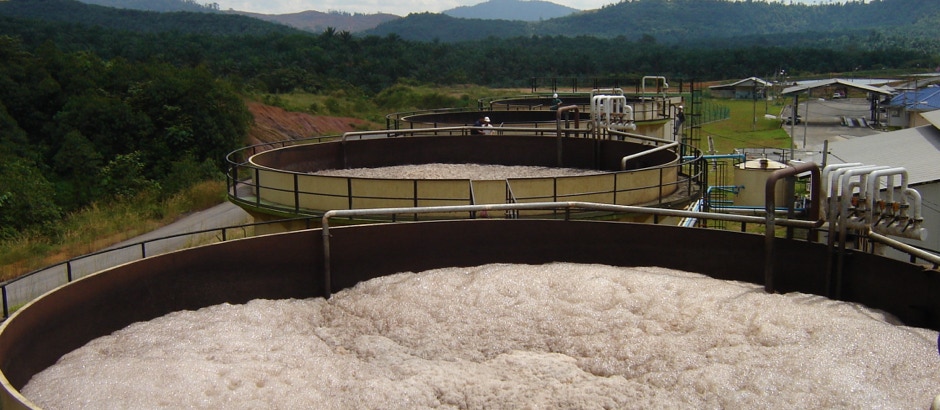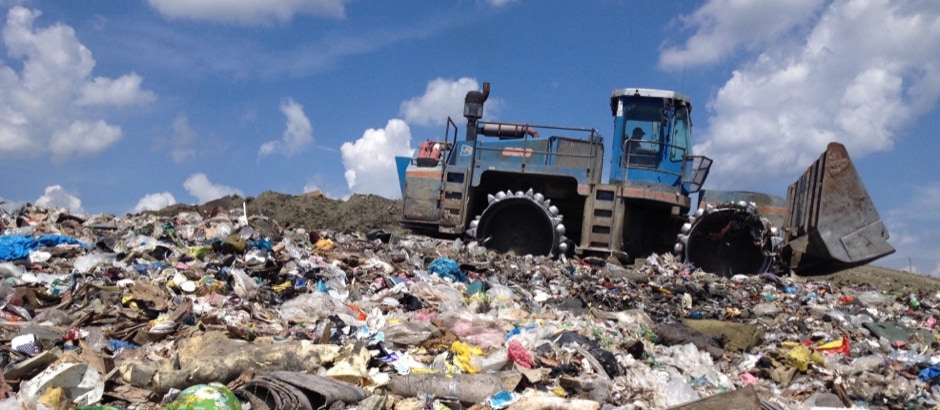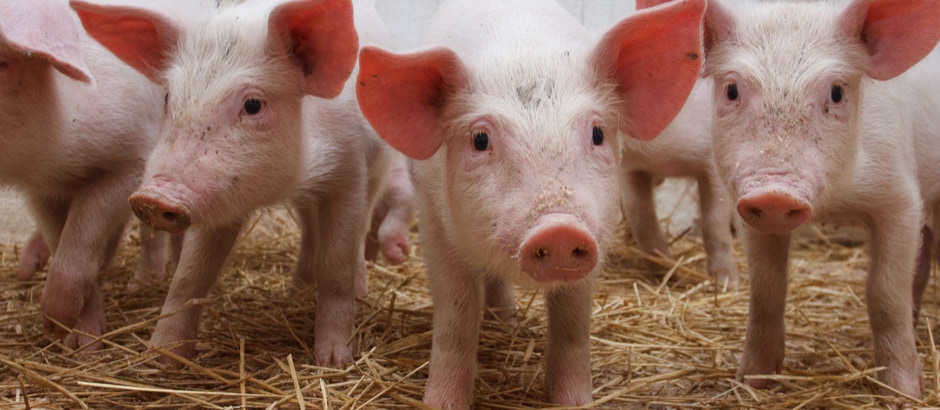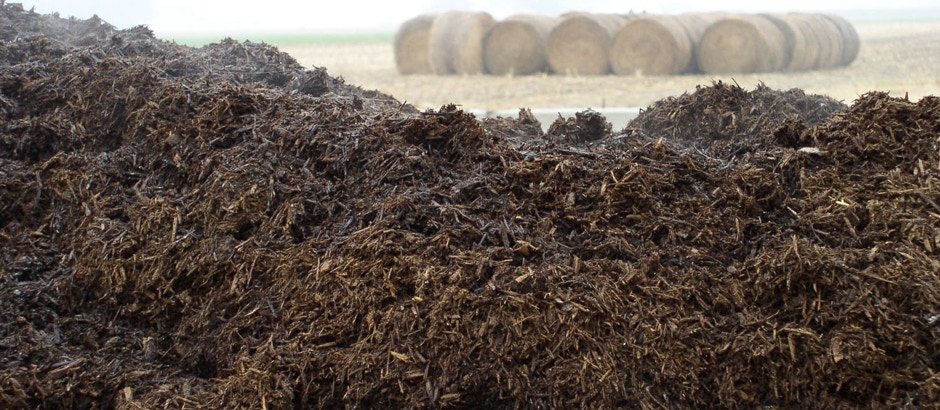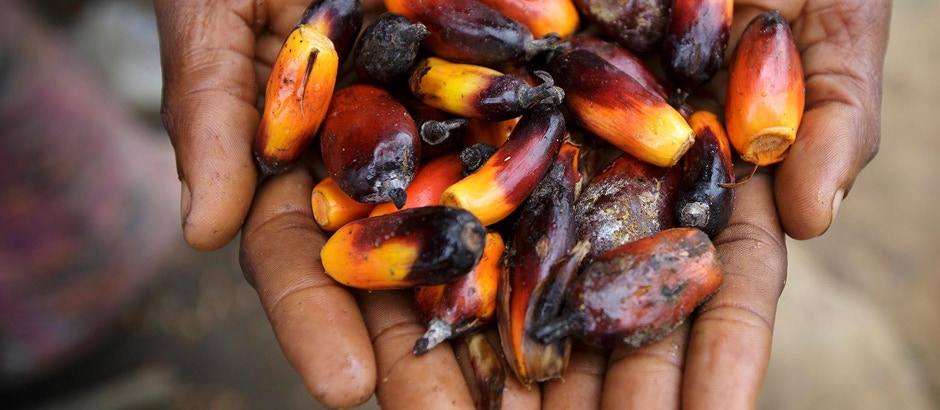Biogas Solutions by CMS ENERGY
Biogas is a naturally occurring gas, mainly methane and carbon dioxide, produced from the anaerobic fermentation of organic materials such as animal waste, plant biomass, and food industry by-products.
Using biogas in cogeneration plants is ideal for farms, livestock breeders, landfill sites, and biogas producers. The by-product, digestate, serves as a nutrient-rich fertilizer.
Our Biogas Plants Include:
• Fermenter Construction: Built with reinforced concrete and high-insulation panels for optimal safety and efficiency.
• Leachate Management: Collected leachate is stored, heated, and recirculated to maintain the ideal fermentation temperature.
• Biogas Exploitation: Biogas is captured, dehumidified, and sent to the CHP unit. The generated electricity is fed into the local grid, while thermal energy is used to heat reactors and tanks.
• Monitoring System: Remote tracking of key operational parameters ensures optimal plant performance.
A biogas plant consists of two main elements:
• The Digester: Where biogas is produced through anaerobic digestion.
• Cogeneration Unit: Where biogas is converted into usable energy.
With extensive experience in cogeneration, we offer tailored biogas plants designed to maximize energy efficiency and sustainability.
• Scaling the plant according to available waste.
• Providing turnkey plant construction.
• Ensuring careful management to maintain business plan balance.
• Acting as general contractor, handling chemical/biological management of digestate and scaling, supplying, and installing digesters.
• Offering various purchasing and financing options.
• Guaranteeing continuous assistance.
Efficient cogeneration technology is crucial to ensuring the plant’s overall energy performance.
Biogas can be produced from various materials, including:
• Energy crops (e.g., maize, Sudan grass, triticale, rye grass)
• Crop residues
• Animal manure
• Sewage sludge
• Organic municipal waste
• Organic industrial waste (from farming and slaughtering)




